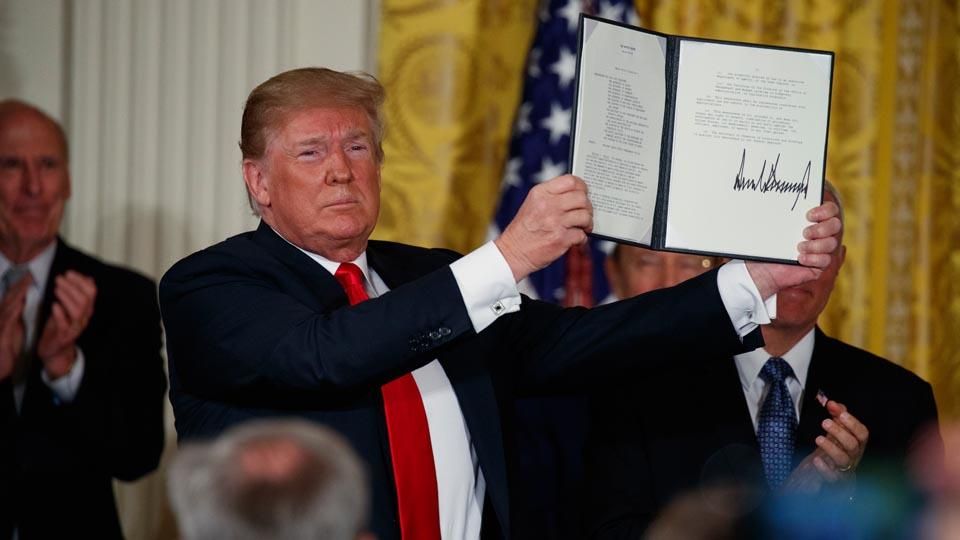International Coalition Aims to Get Answers About UFOs
Article by Christina Stock May 26, 2021 (rdrnews.com)
• On May 25th, UFO researcher and author Donald Schmitt was at the International UFO Museum and Research Center in Roswell, New Mexico to announce the start of a 27-nation (so far) coalition on extraterrestrial research called the ‘International Coalition on Extraterrestrial Research’, or ‘ICER’. The goals of ICER include establishing ‘awareness programs’ in all countries, to pressure governments such as the United States to disclose what they know, and “to prepare for confirmation that Earth has been engaging with non-human intelligences”.
• “Eventually, we will be 50 countries and then we’ll. No more talk, let’s do it,” says Schmitt. “Russia, China, Japan, [countries] throughout South America, throughout Europe, all are coming together. It’s never happened before and as far as it goes, we’re really going to push.”
• Schmitt is an expert on the 1947 UFO crash in Roswell, and has dedicated his life to solving the mysteries surrounding UFO’s. He returns each year for lectures during Roswell’s UFO Festival. He will be a guest speaker at the UFO Museum’s 2021 Ufologist Invasion, July 1-4, which takes place during the UFO Festival and MainStreet Roswell’s Alien Fest.
• ICER is a ‘not-for-profit’ organization comprised of scientists, academics and leading UFO researchers on five continents who are unanimous in their recognition that “we are not alone in the cosmos. Based on more than 75 years of research, ICER acknowledges that the UFO phenomenon is real; it acts with intelligence and is likely to be extraterrestrial/non-human in origin.” Among the researchers in the organization are astrophysicist and former deputy director of sciences at the Bulgarian Space Research Institute Professor Lachezar Filipov of Bulgaria, and astronomer Eamonn Ansbro of the Republic of Ireland, who is currently the director of Kingsland Observatory and SETI in Kingsland, Ireland.
• Schmitt said that many scientists and researchers are skeptical of the US military’s recent release of documents and leaked UFO videos. Of the thousands of pages of documents released, “Nothing is in there or (it’s) redacted, blacked out. It’s so frustrating for us,” he said. Scientists and researchers in other countries are facing the same difficulty finding answers from their governments and militaries. That’s why they’ve united to form the new organization.
• While there is no direct government involvement in ICER, the organization is recognized by the United Nations, “which means then that we can present at the UN,” Schmitt said. “We are going above individual governments.” Schmitt anticipates that the organization will grow. “I am the North American representative, and we had meetings in China, and then we met in Moscow. We put this all together. I had dinner in Moscow with two of the cosmonauts — we are getting people in pretty high places.”

Tourists visiting the International UFO Museum and Research Center on May 25 were

greeted by the sight of a television crew interviewing renowned UFO researcher and author Donald Schmitt.
Schmitt, an expert on the alleged 1947 UFO crash on a ranch near Corona, has dedicated his life to solving the mysteries surrounding unidentified aerial phenomena (UAP). He returns each year for lectures during Roswell’s UFO Festival.
Now, he’s joined with scientists and other researchers who have formed a new organization — the International Coalition on Extraterrestrial Research, or ICER — dedicated to finding the answers about UFOs.
“We just announced today (May 25) the start of an international coalition, 27 countries, an international coalition on

extraterrestrial research,” Schmitt said. “Russia, China, Japan, throughout South America, throughout Europe, all are coming

together. It’s never happened before and as far as it goes, we’re really going to push.”
Schmitt said that many scientists and researchers are skeptical of the U.S. military’s recent release of documents and of confirmations of cases of UAPs in leaked videos.
The thousands of pages of documents released, he said, don’t hold any details. “Nothing is in there or (it’s) redacted, blacked out. It’s so frustrating for us,” he said.

Scientists and researchers in other countries are facing the same difficulty finding answers from their governments and militaries, he said. That’s what’s led them to unite and form the new organization.
 Asked if any governments are involved, Schmitt said that wasn’t the case. “But we will be eventually recognized by UNESCO (United Nations Educational, Scientific and Cultural Organization), which means then that we can present at the UN,” he said. “We are going above individual governments.”
Asked if any governments are involved, Schmitt said that wasn’t the case. “But we will be eventually recognized by UNESCO (United Nations Educational, Scientific and Cultural Organization), which means then that we can present at the UN,” he said. “We are going above individual governments.”
Schmitt said that he is sure the organization will grow. “I am the North American representative, and we had meetings in China, and then we met in Moscow. We put this all together. I had dinner in Moscow with two of the cosmonauts — we are getting people in pretty high places,” he said.
FAIR USE NOTICE: This page contains copyrighted material the use of which has not been specifically authorized by the copyright owner. ExoNews.org distributes this material for the purpose of news reporting, educational research, comment and criticism, constituting Fair Use under 17 U.S.C § 107. Please contact the Editor at ExoNews with any copyright issue.
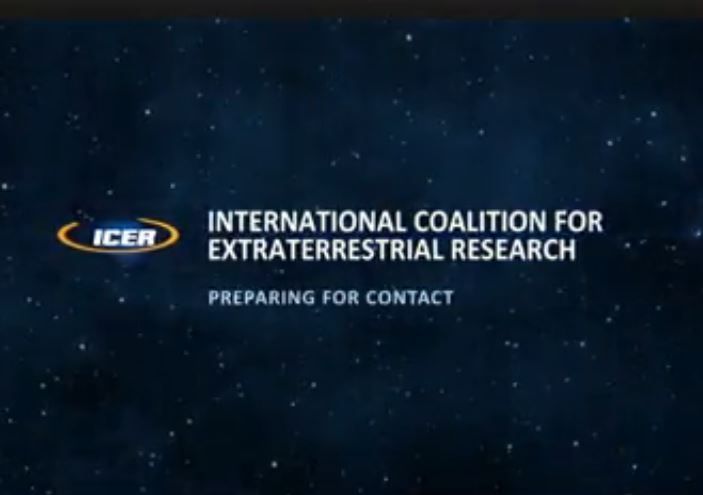
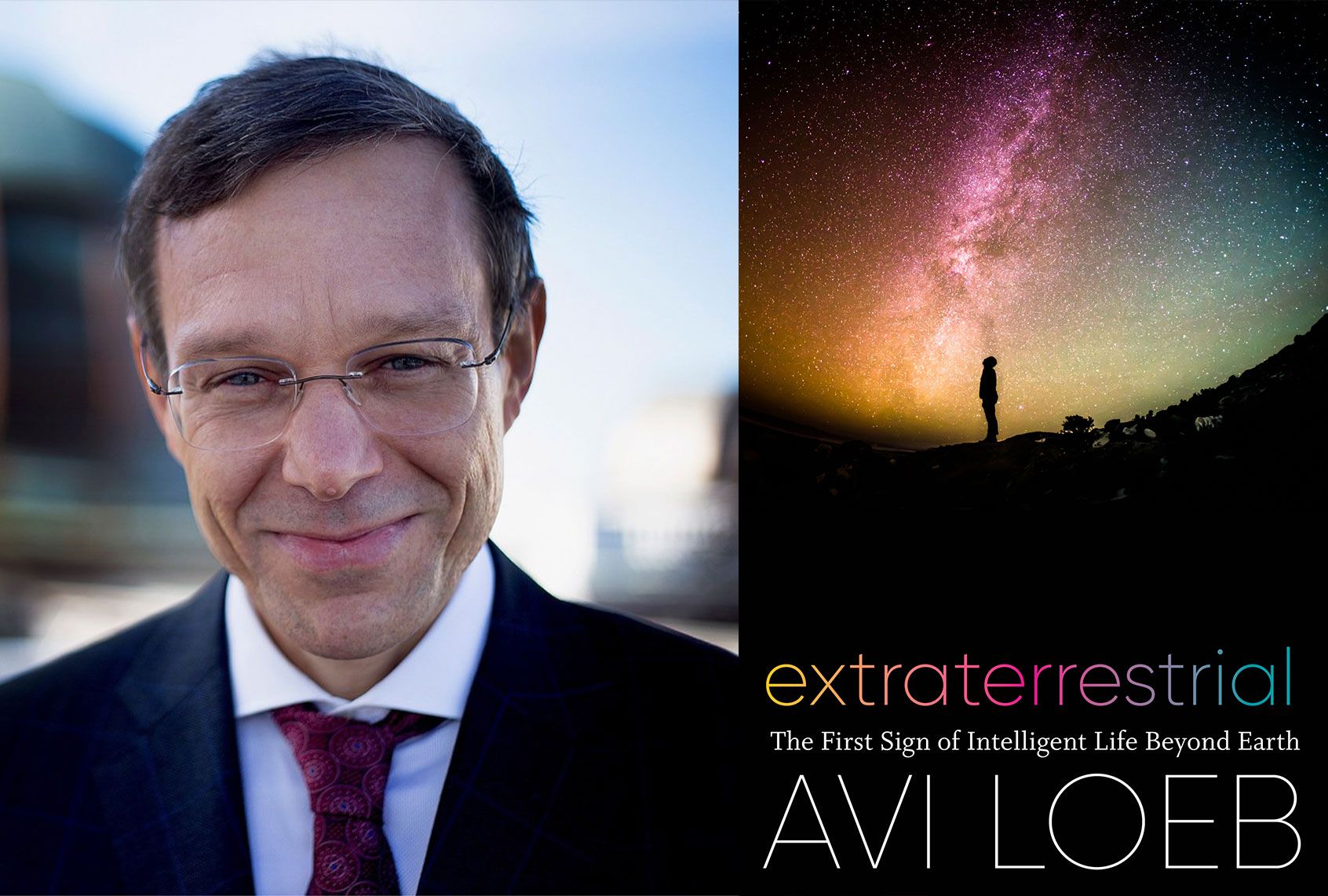





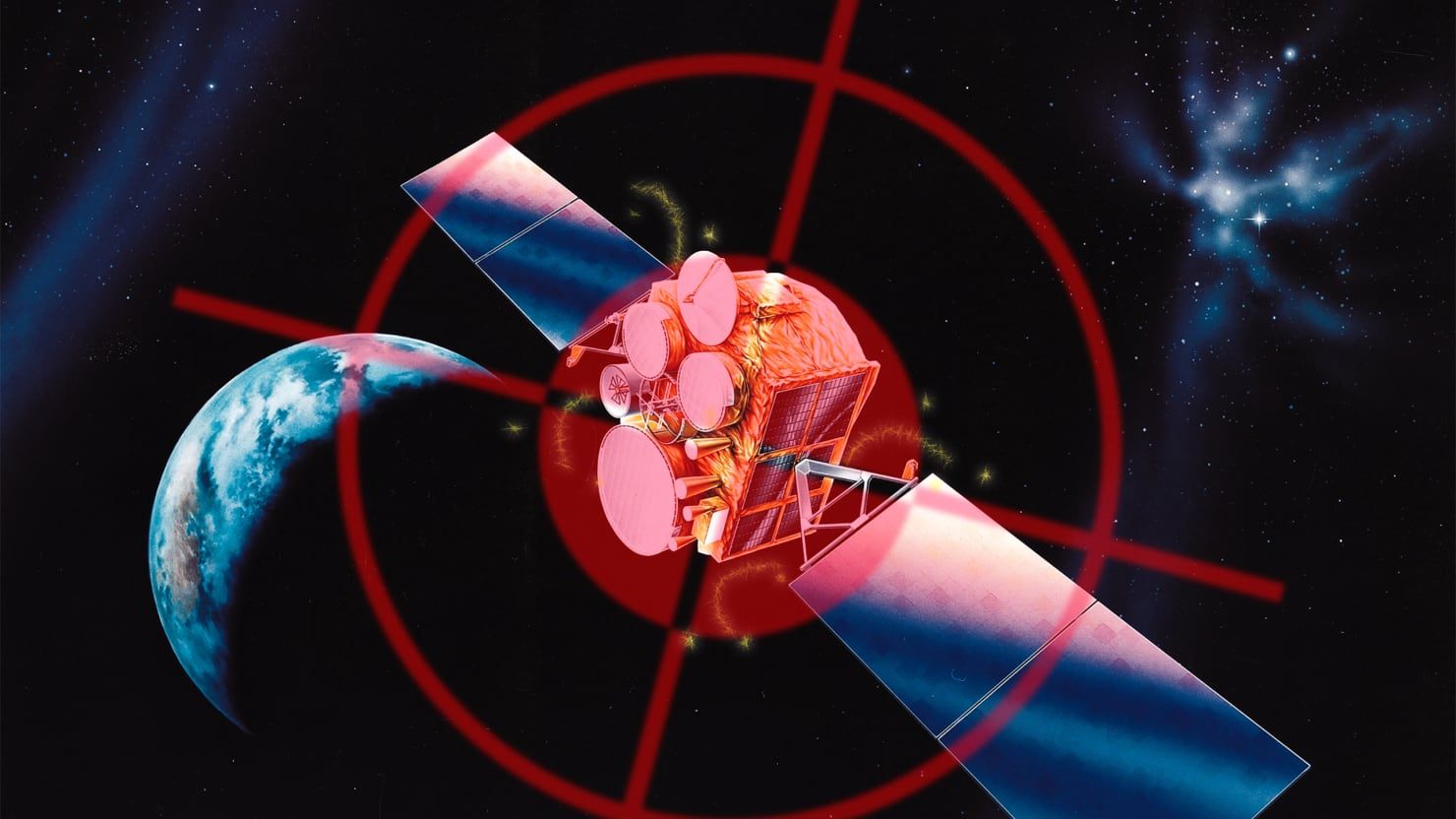


 To protect its vital space-based military capabilities—including communications,
To protect its vital space-based military capabilities—including communications, intelligence, and missile defense satellites—and effectively deter authoritarian aggression, Washington should avoid being drawn into suspect international treaties on space that China and Russia have no intention of honoring.
intelligence, and missile defense satellites—and effectively deter authoritarian aggression, Washington should avoid being drawn into suspect international treaties on space that China and Russia have no intention of honoring. signatories commit “not to place any weapons in outer space.” It also says parties to the treaty may not “resort to the threat or use of force against outer space objects” or engage in activities “inconsistent” with the purpose of the treaty.
signatories commit “not to place any weapons in outer space.” It also says parties to the treaty may not “resort to the threat or use of force against outer space objects” or engage in activities “inconsistent” with the purpose of the treaty.
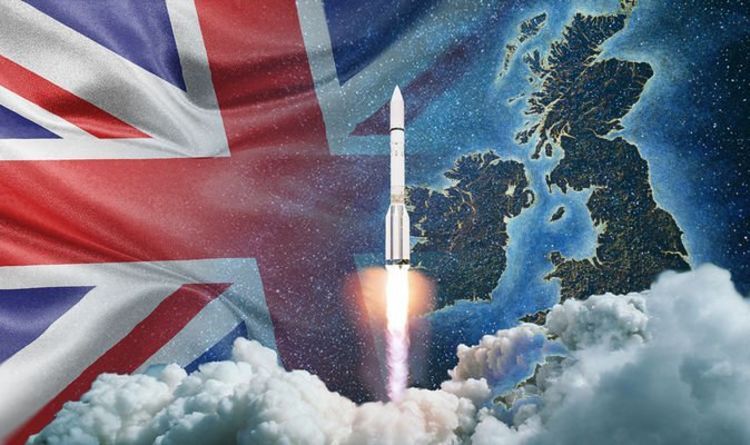
 Space battles are the stuff of science fiction, but recent technological and political
Space battles are the stuff of science fiction, but recent technological and political


